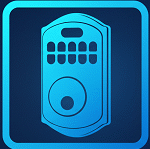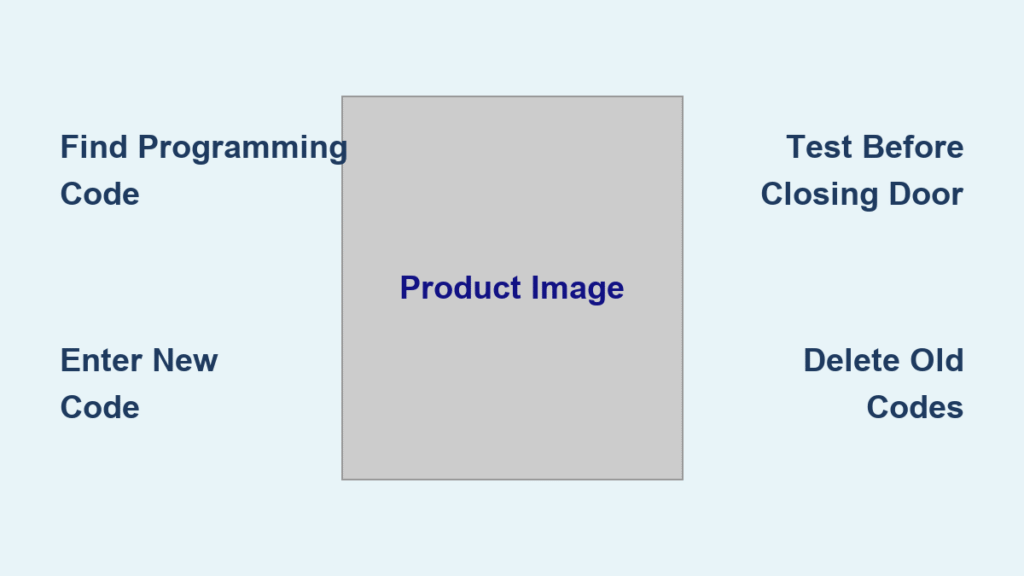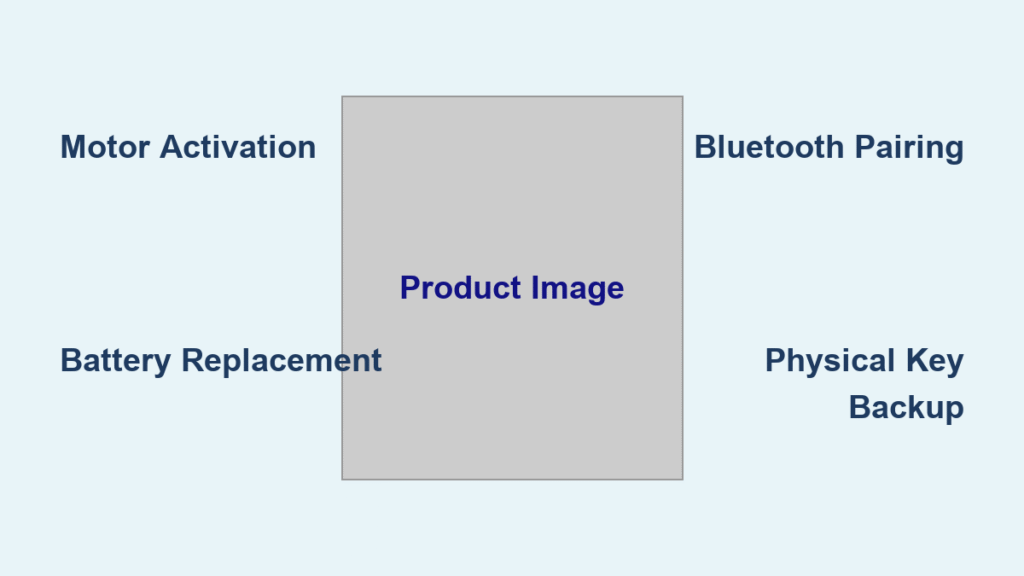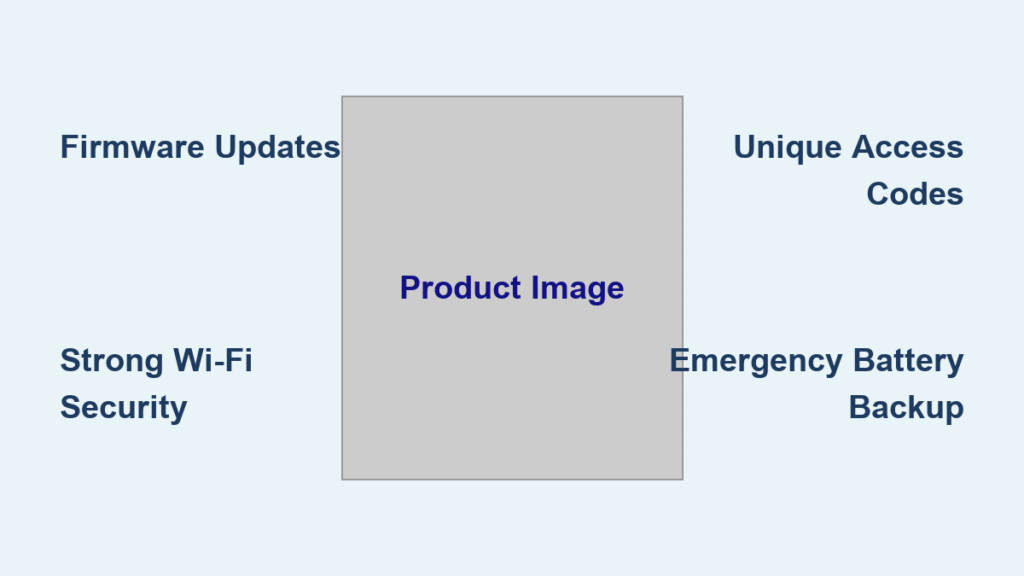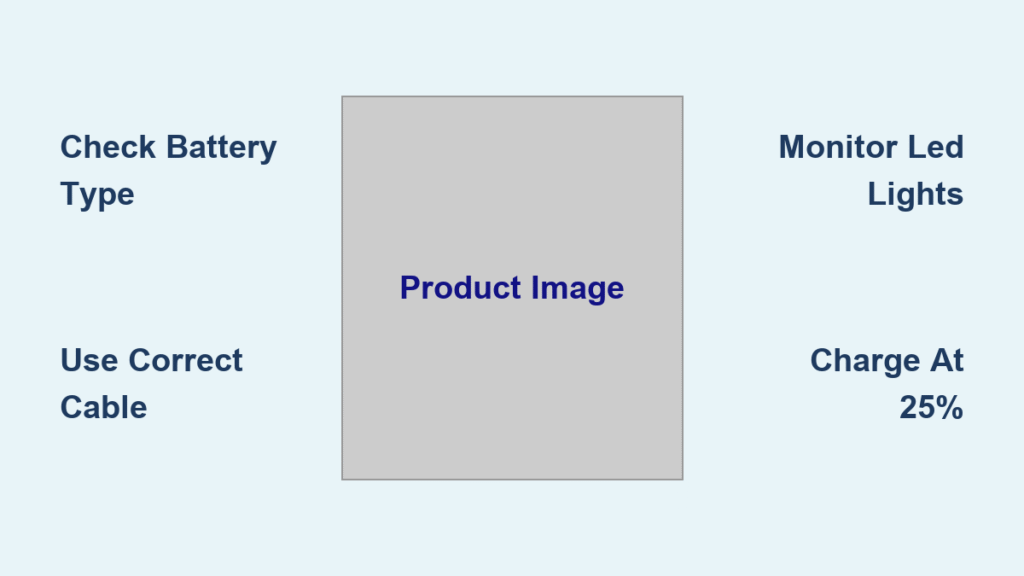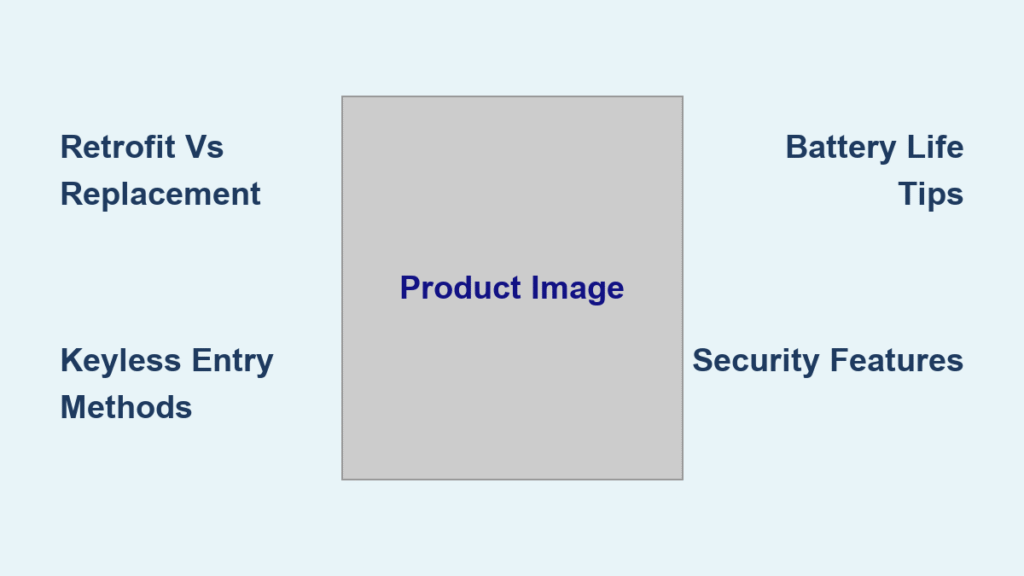Your houseguest just left, the dog walker no longer needs access, or maybe you simply can’t remember the last time you updated your entry code. Whatever the reason, changing your smart lock code takes less than five minutes once you know the right steps. This guide walks you through the exact process for every major lock type, plus the security mistakes most people make. You’ll learn how to change smart lock code safely without triggering lockouts or compromising home security.
Forgetting to update your access codes is the number one security oversight homeowners make. Did you know that 68% of break-ins involve compromised access codes? Whether you’ve shared temporary entry with contractors or simply want to refresh your security, this guide ensures you never get locked out of your own home while making these critical updates.
Locate Your Programming Code Immediately
Before touching anything, find your six-digit programming or master code – the administrative key that controls all lock functions. Without this code, you’ll trigger a security lockout requiring factory reset. Check these critical locations right now:
- The yellow sticker inside your instruction manual (most common location)
- The back of the lock mechanism (remove interior cover plate)
- Original manufacturer packaging (often taped inside box flaps)
- Previous owner’s documentation (if you recently moved in)
Critical warning: Never attempt how to change smart lock code without this programming code. One wrong keystroke could lock you out for 30+ minutes while waiting for reset procedures to complete. If you can’t locate it, contact the manufacturer with your lock’s serial number before proceeding.
Electronic Keypad Method (6-Button Models)

Works with: Schlage BE365, Kwikset 919, basic electronic deadbolts
Programming Mode Entry Sequence
- Enter your 6-digit programming code (no delay between digits)
- Press the Lock button once (listen for single confirmation beep)
- Press 1 (another single beep confirms programming mode)
- Type your new 4-10 digit code (choose 6+ digits for security)
- Press Lock button to save:
– Two beeps: Success – code saved
– Three beeps: Failure – restart from step 2
Test while door is open: Lock it, enter new code + Lock button, verify immediate unlock. Never close the door until confirmed! This single step prevents 90% of accidental lockouts during how to change smart lock code procedures.
Push-Button Advanced Locksets
Works with: Yale YRD256, Schlage Connect, keypad lever sets
Visual Programming Steps
- Enter programming code (keypad flashes blue to indicate mode)
- Press indicator button three times (flashes confirm)
- Press 1 (flashes confirm programming initiation)
- Enter new 4-digit code (system requires 4 digits for these models)
- Re-enter for verification
- Green flash + long beep: Code saved successfully
Pro tip: These systems remember the last 10 codes. Always delete old user codes before adding new ones through the programming menu (press 2 instead of 1 in step 3) to avoid conflicts when you how to change smart lock code.
App-Based Changes (Bluetooth/WiFi Locks)
Works with: Eufy, August, Yale Assure, Schlage Encode
Eufy Security App Method
- Open app → Connect via Bluetooth (stand within 3 feet)
- Tap your lock → Manage Access (bottom-right menu)
- Select user to modify → Edit passcode field
- Enter new 4-8 digit secure code (avoid patterns like 1234)
- Save → App syncs automatically in 10 seconds
Creating Time-Limited Access
- Add Access → Name the user (e.g., “Plumber”)
- Create unique 6-digit code (e.g., 735921)
- Set Access Time:
– Hours: Perfect for contractors (e.g., 2-4 hour windows)
– Days: Ideal for houseguests (e.g., 3-day stays)
– Weeks: Best for recurring services (e.g., pet sitters)
This app-based how to change smart lock code method automatically deletes temporary codes after expiration – no manual cleanup needed.
Physical Chip Reconfiguration (Hybrid Locks)
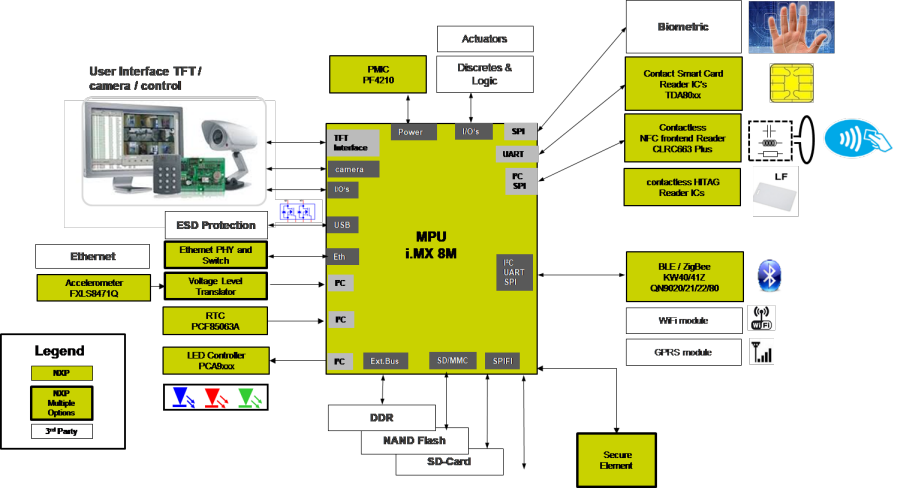
Works with: Mechanical-electronic hybrid locks with internal chips
Hands-On Code Change
- Remove lock from door (4 screws on interior faceplate)
- Take off back cover carefully (watch for spring-loaded parts)
- Red chips = active numbers, Blue = inactive placeholders
- Use included tweezers to move chips:
– Remove red from unwanted positions
– Insert red in new code sequence positions - Fill empty spots with blue chips
- Test before tightening – verify code 3x with door open
Critical step: Always reinstall the lock in a loose state first. Test your new code repeatedly before fully tightening screws – you can’t adjust chips once reassembled.
Factory Reset When Locked Out
Universal Reset Protocol
- Remove batteries for exactly 30 seconds (use timer)
- Locate reset button (inside battery compartment or behind panel)
- Hold reset button while reinserting batteries
- Keep holding 10+ seconds until confirmation beep/flash
- Reconfigure everything from scratch using manual
Warning: This erases all user codes, WiFi settings, and access logs. Only use this how to change smart lock code last resort when all other options fail. Post-reset, you’ll need to reconnect to your home network and reprogram all users.
Brand-Specific Quick Reference
Schlage Digital Locks
- Programming code: Yellow sticker on user guide front page
- Change sequence: Programming code → Schlage button → 1 → New code → Re-enter
- Delete codes: Programming code → Schlage button → 2 → Code to delete → Re-enter
Yale/August Models
- Reset button hidden behind interior cover (use paperclip)
- Always use app for changes when possible – keypad programming often fails
- Expect re-pairing with smartphone after any reset
Common Failure Points
Keypad Won’t Respond
- Replace batteries first (use alkaline, not rechargeable)
- Clean corroded battery terminals with vinegar-soaked cotton swab
- Gently clean keypad surface with alcohol wipe (dirt blocks button sensors)
Forgot Programming Code
- Check original documentation thoroughly (often taped inside box)
- Contact manufacturer with serial number (found on interior mechanism)
- Professional locksmith as last resort (costs $75-$150)
Code Already Exists
- Delete unused codes before adding new ones (most systems limit to 25 active codes)
- Avoid obvious sequences (1234) or repeats (1111) – systems reject these
- Create unique 6+ digit combinations (e.g., 836924)
Security Best Practices
Strong Code Creation
- Minimum 6 digits (4 is too easy to guess – cracks in under 10 seconds)
- No patterns: Skip 1234, 0000, 2580 (down keypad center)
- No personal data: Avoid birthdates, addresses, or pet names
- Change quarterly or immediately after sharing access
Code Management System
- Store codes in password manager (like Bitwarden or 1Password)
- Keep physical backup key in fireproof safe (not under mat!)
- Conduct quarterly access audits – remove unused users
- Document date of last change on refrigerator
Testing Protocol
- Test new code 5 times with door open
- Try with gloves/dirty fingers (simulates real-world use)
- Verify physical key still works (battery backup required)
- Train all authorized users immediately after changes
Emergency Recovery Plan
Always maintain these essentials:
– Working physical key override (test monthly)
– Manufacturer support contact (save in phone contacts)
– Serial number documentation (photograph interior label)
– Professional locksmith number (specializing in smart locks)
Battery died mid-change?
– Replace batteries immediately with fresh alkaline cells
– Most locks retain programming state for 2 minutes
– Always re-test new code after battery swap
Quick Recap: Changing your smart lock code takes 2-5 minutes once you have your programming code. The biggest mistake? Not testing the new code while the door remains open. Always verify changes before closing the door, change codes immediately after temporary access situations, and maintain physical key backups. For ongoing security, rotate codes quarterly and delete unused user profiles – your home’s safety depends on these simple how to change smart lock code habits.
